How to Make Chart of Accounts: Tips for Small Business
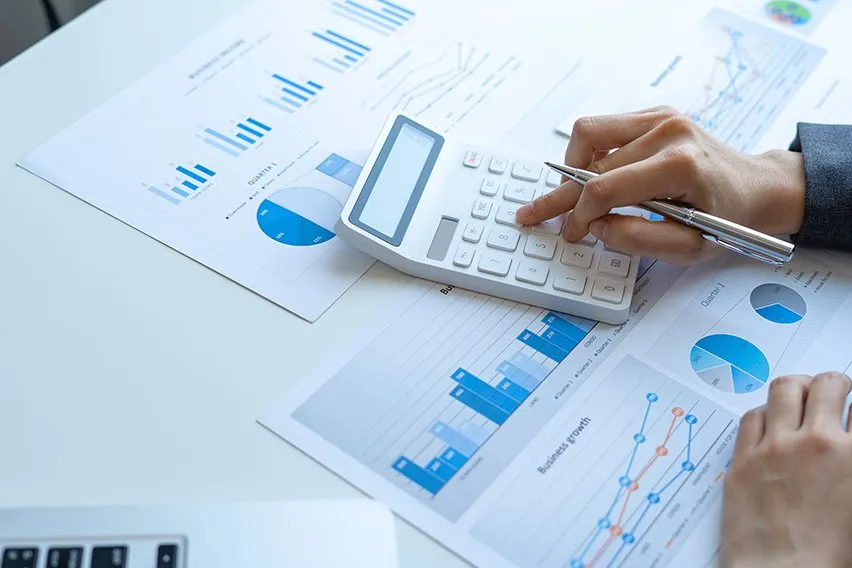
A chart of accounts is a list of all of the accounts available for recording transactions in a company’s general ledger or accounting software.
To make a chart of accounts, you’ll need to first create account categories relevant to your business, and then assign a four-digit numbering system to the accounts you create. While making a chart of accounts can be time-consuming, it’s an important tool for understanding the financial health of your business.
We’ve outlined everything you need to know to successfully create a chart of accounts:
How to Make a Chart of Accounts
Why Do I Need a Chart of Accounts?
What Categories Are on the Chart of Accounts?
How to Use Your Chart of Accounts
NOTE: FreshBooks Support team members are not certified income tax or accounting professionals and cannot provide advice in these areas, outside of supporting questions about FreshBooks. If you need income tax advice please contact an accountant in your area.

How to Make a Chart of Accounts
To make a chart of accounts for your small business, you’ll first need to create account categories that apply to your company. The chart of accounts is the first step in creating your business’s accounting system, so it starts with organizing all your company’s financial information. You’ll then assign a four-digit numbering system to the accounts you’ve created.
Here’s a step-by-step guide to making a chart of accounts:
1. Use the Main Account Types
The main account types help you organize your unique business by category. There are five categories of account types that are universal to all businesses:
- Asset accounts
- Liability accounts
- Equity accounts
- Revenue accounts
- Expense accounts
2. Create Your Business’s Accounts
When you create the accounts for your business, think about the type of business you run. Certain accounts are common for service-based companies, including:
- Cash
- Accounts Receivable
- Equipment
- Accounts Payable
- Income Tax Payable
- Sales From Services
- Cost of Sales
- Supplies
- Office Rent
- Wages
Organize each of the sub-accounts you create into the relevant parent account type. So, for example, cash and accounts receivable would both fall under Asset accounts, and sales revenue and interest income would fall under Revenue accounts.
3. Assign Account Numbers
The chart of accounts is based on a four-digit numbering system, which helps organize all your accounts. Here’s the most common numbering template to follow when making and numbering your accounts:
- Asset accounts: Numbered 1000 – 1900
- Liability accounts: Numbered 2000 – 2900
- Equity accounts: Numbered 3000-3900
- Revenue accounts: Numbered 4000 – 4900
- Expense accounts: Numbered 5000 – 5900
These sample charts will give you an idea of the different accounts you’ll set up and the system for adding new account numbers.
4. Keep Your Chart of Accounts Organized
Here are some tips for keeping your chart of accounts organized and working well for your small business:
- Add new accounts cautiously. When you addaccounts to your chart of accounts, check to see whether your chart of accounts already includes an asset account, revenue account, liability account, or expense account that the transaction fits into. Adding too many accounts to your accounting system can make your chart of accounts unnecessarily lengthy and make your financial reports confusing. You don’t want to have one account with only one transaction posted to it.
- Space out account numbers. When you add a new account number, space out the numbering system to leave room for growth. For example, you might number your business accounts 1001 – Cash account, 1010 – Business checking, 1015 – Business savings. Then when you need to add accounts, you can fill in the gaps between one business account number and another.
- Don’t delete old accounts. Deleting old accounts from a company’s chart of accounts can make historical reports inaccurate. If you want to prevent people from posting transactions to an account, change the name to include the word “INACTIVE” at the end.
What Is a Chart of Accounts?
A chart of accounts gives you a valuable way to organize all the financial information related to your small business. The chart of accounts is a list of all the accounts used by your to record transactions and prepare financial reports.
A chart of accounts keeps your accounts organized based on how they appear on your balance sheet and income statement. It includes the asset accounts your company owns, the liabilities your company owes others, equity accounts, revenue accounts, and expense accounts.
The chart of accounts you create for your business will act as the foundation for all your financial recordkeeping, so it’s a crucial document for your business. Because the chart of accounts organizes all the data related to your business’s finances, it’s a useful tool for quickly and easily creating financial statements.
Why Do I Need a Chart of Accounts?
Small businesses need a chart of accounts to organize their accounting for more simple and accurate financial reporting. Because your chart of accounts places all your financial data in one document, it makes it easy to track all your business information.
A chart of accounts offers a clear picture of the overall financial health of your business and gives insights into all of the company’s financial transactions. You can use that information to improve your business process in the future.
The chart of accounts is also the basis for all your accounting reports, so it will help you (or your accountant) create your financial statements and file your tax returns.
What Account Types Are on the Chart of Accounts?
Financial reporting standards dictate that there are two broad categories of accounts in a company’s chart of accounts. Here’s what’s included in each.
Balance sheet accounts
- Asset accounts: Asset accounts on the balance sheet include anything of value that the company owns, including your cash account or items that can be converted into cash. Current assets include cash in business accounts, accounts receivable (the money owed to you on outstanding invoices), your inventory account (products available for sale or raw materials). Long-term assets includes fixed assets.
- Liability accounts: Liability accounts on the balance sheet include any money you owe. This would include current liabilities, such as accounts payable and accrued expenses, and long-term liabilities, such as long-term debts and taxes your business owes.
- Equity accounts: Refers to an ownership interest in a business. This would include Opening Balances, Net Income, and Owner’s Equity or Retained Earnings.
Income statement accounts
- Revenue: Revenue accounts on the income statement include the amount your business earns from providing its services to clients. Accounts used for generating revenues includes sales made to clients as well as cost of goods sold accounts (materials, direct labor, and other direct costs).
- Expense accounts: The money your business spends in your efforts to earn money. In your accounting software, you want to set up separate accounts for different categories of expenses, such as office supplies, utilities, and office rent. If you want to track operating expenses for different locations or departments, you can also create sub accounts for each expense account of each department or location.

How to Use Your Chart of Accounts
Your small business accounting department can use your chart of accounts to better understand your business’s financial state and plan for your business’s future. Here are some common ways small businesses use the chart of accounts:
1. Track Your Business’s Money
When looked at in tandem with other financial statements, such as the statement of cash flow, your chart of accounts can let you know where you’re getting cash payments and where all the money in your business is coming from. Looking at the income statement accounts, you can track all your sales. And looking at your balance sheet accounts can help you get a grasp of which assets your business owns that could easily be liquidated if you ever need to quickly collect cash for your business.
2. Understand What Your Business Owes
Your chart of accounts allows you to get an overview of all the debts you owe to others—the company’s liabilities. In your liability accounts, you’ll see all your short, medium, and long-term loans, and interest payable on those loans. Your company’s liabilities will also include invoices payable (also known as accounts payable). And if you have any employees, your chart of accounts lets you know what your business owes for wages payable.
3. Track Your Spending
The chart of accounts lets you easily track all the money going out of your business. In your general ledger expense accounts, you’ll see your recurring payments, like rent, utilities, and insurance. It can also help you make better spending decisions by seeing where your money goes and evaluating where cuts can be made.
4. File Your Tax Returns
A properly managed chart of accounts makes tax season much more efficient. Your chart of accounts will track all the expenses and revenues from your income statement that you’ll need to report to the IRS at tax time in one place.
Depending on how your business is structured, you may also need to report the ending balance for all of the company’s balance sheet accounts on your tax return.
If you use accounting software to organize your chart of accounts, tracking each business transaction in the general ledger and handling your company’s financial accounting will be much easier.
About the author
Janet Berry-Johnson, CPA, is a freelance writer with over a decade of experience working on both the tax and audit sides of an accounting firm. She’s passionate about helping people make sense of complicated tax and accounting topics. Her work has appeared in Business Insider, Forbes, and The New York Times, and on LendingTree, Credit Karma, and Discover, among others. You can learn more about her work at jberryjohnson.com.
RELATED ARTICLES


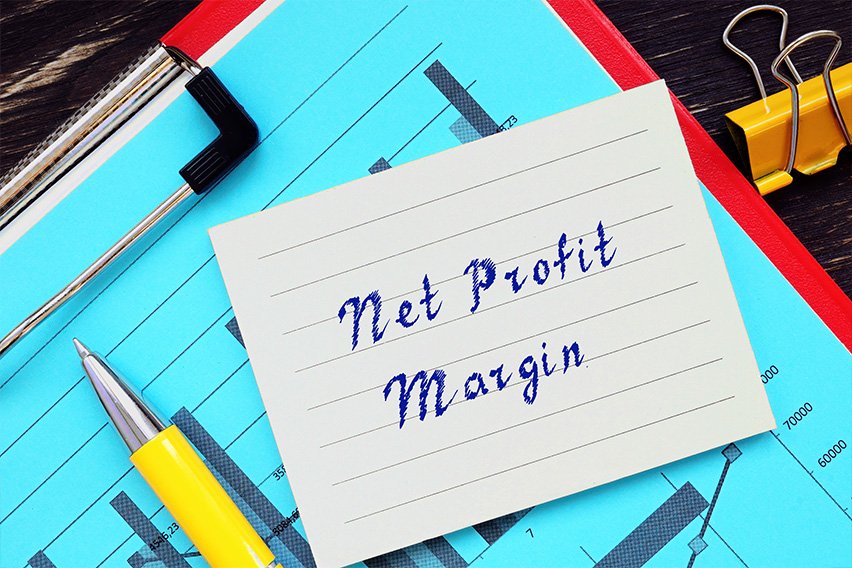 How To Calculate Net Profit Margin: Formula and Example
How To Calculate Net Profit Margin: Formula and Example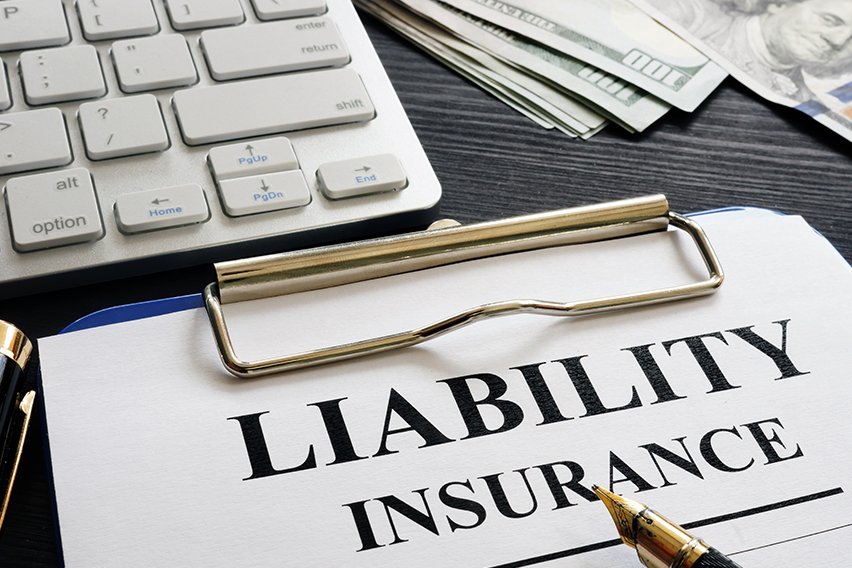 What Are Assets and Liabilities: A Primer for Small Businesses
What Are Assets and Liabilities: A Primer for Small Businesses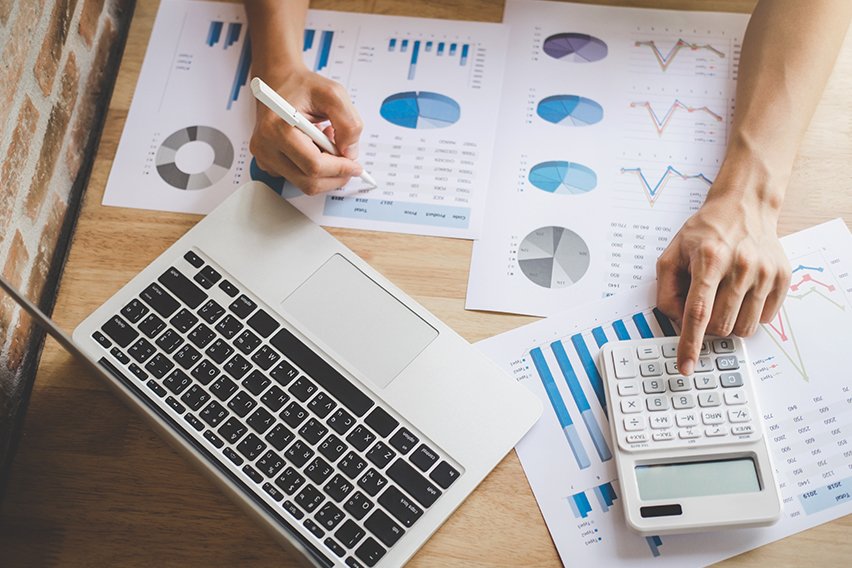 Accounting for Entrepreneurs: A Guide for Small Business
Accounting for Entrepreneurs: A Guide for Small Business What Is a Journal Entry in Accounting?
What Is a Journal Entry in Accounting?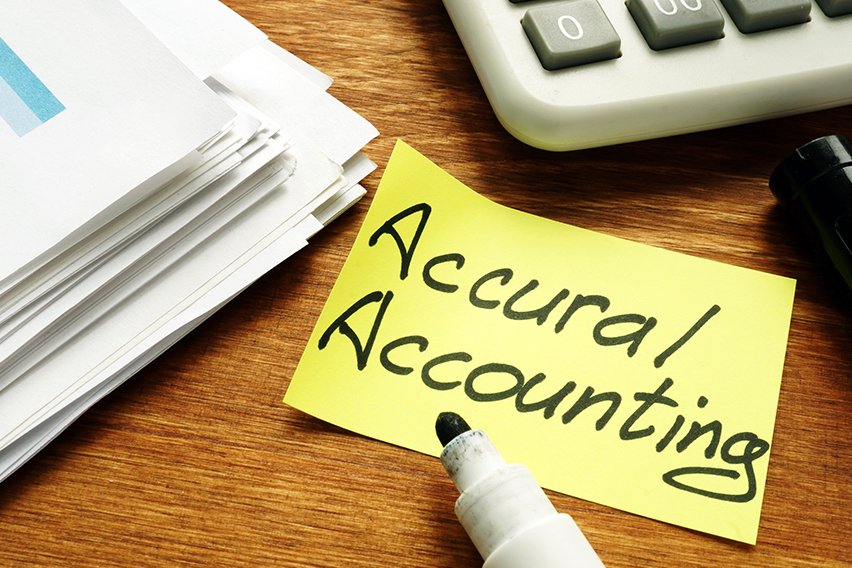 What Is the Difference Between Cash and Accrual Accounting?
What Is the Difference Between Cash and Accrual Accounting?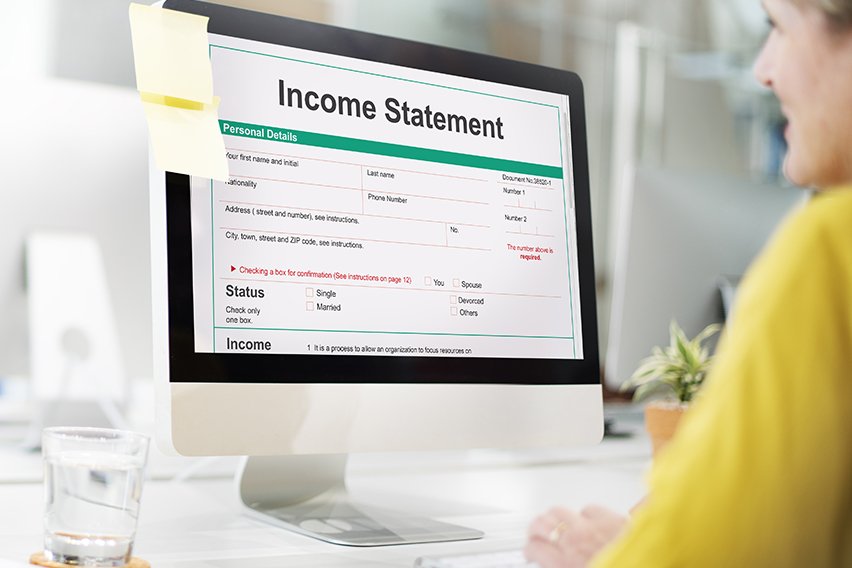 Single-Step vs Multi-Step Income Statement: Key Differences for Small Business Accounting
Single-Step vs Multi-Step Income Statement: Key Differences for Small Business Accounting